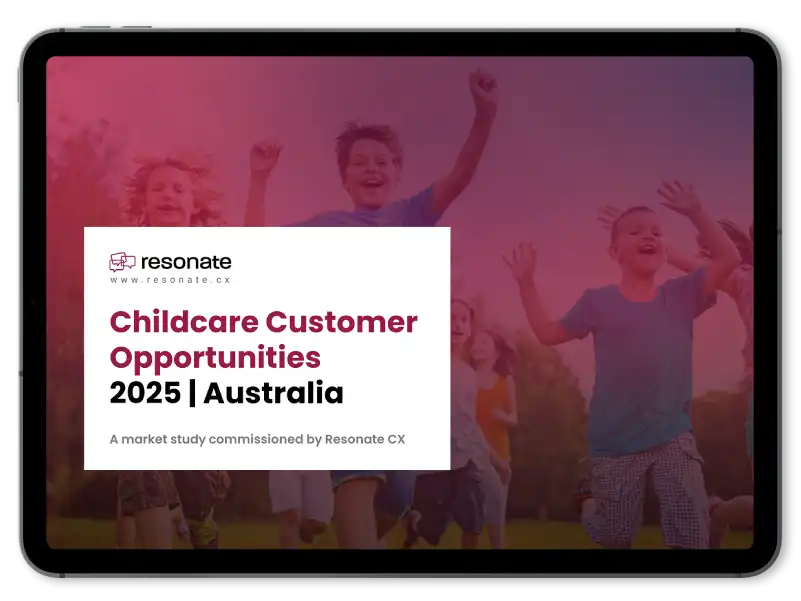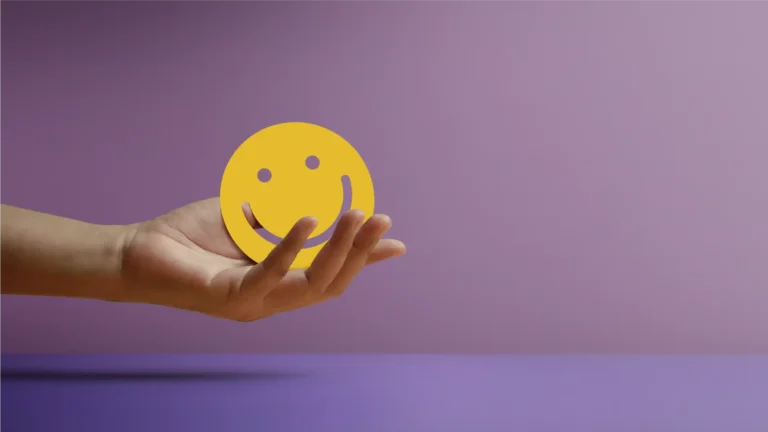Net Promoter Score (NPS) based programs are established in many organisations. Most of them are using the standardised question “How likely are you to recommend {insert brand}?” with a 0–10 scale. This question allocates respondents into the three NPS segments: Promoter, Neutral or Detractor. That question is simple to include in the survey, but we must not forget the end game. Ultimately, we want to get insights about what experiences create Promoters and conversely what experiences create Detractors. We recommend that the remainder of the survey be dedicated to understanding the reasons why.
We use a combination of comment boxes (Why did you give this score? How can we improve?) and other questions to explain these experiences – called the “Drivers”. It is critical to put effort into the design of your NPS survey and understand which Drivers to include. Because they frame the feedback that customers provide. To find out what Drivers make the most difference, we developed a survey that mimics the benefits of a focus group. This unique survey is a Resonance (Discovery) Survey and it gives customers a method to collaborate with each other. Your customers are the best source of information on the key drivers, and they would get involved willingly.
Essentially, a Resonance survey starts with customers reviewing a list of Drivers that have been seeded by the company. Then they select all the Drivers that are significant to them and rank them in order of importance. There is a simple way for customers to add their own ideas and include them in the ranked list as well. Once the customer-generated idea has been moderated (NB. there is a moderator reviewing the customer-generated statements in real time to group them into themes), it is added to the list of seeded Drivers that can be displayed to future respondents (NB. there is an algorithm that ensures each customer generated theme gets equal exposure).
This methodology allows researchers to co-create with their customers in real time and gather insights from one survey that would otherwise involve many iterations of surveys. Reviewing and prioritising the comments from the “Other” box or building a research online community. These alternatives always come with a long lag time. In our experience, most of the highest scoring ideas we discover come from customer generated ideas and not company-seed ideas.
At the end of the survey period, an analysis will be performed on each idea. Mainly on the number of times, it was selected and the ranking for both seeded and customer-generated ideas. This will show the popularity (chosen by the most people) and the Importance (rated the highest). These top ideas can become the business drivers in the NPS survey.
If you need to keep your NPS survey short, you can use the top scoring themes to tag customer comments. You can use text analytics to find comments about the top scoring themes and tag them with those labels. This way you can reduce your survey down to the absolute basics and still run reports on the Drivers.
We recommend you launch NPS program with a pilot survey for flexibility after you perform an analysis of the findings. For example, your customers may mention a subject in their comments that is not covered by the business Drivers. Therefore, you may want to include that in the survey design. If business drivers are not providing enough value to the analysis, they need to be merged or removed.
This type of Resonance survey is used to co-create with customers about other business decisions in standalone surveys. For example, new product ranges, sales channels, store locations, loyalty program design, and resolving service issues.
These insights from the NPS surveys and other ad-hoc research will help organisations transform and evolve through the phases of Customer Experience Management. The “Repair process” phase (where organisations focused on finding the customer pain points and resolving them) to the “Prevention process” (where organisations anticipate problems and prevent them from occurring, Forrester 2014). Resonance surveys are used to review the relevance of business Drivers as the organisation moves into the Prevention phase.








